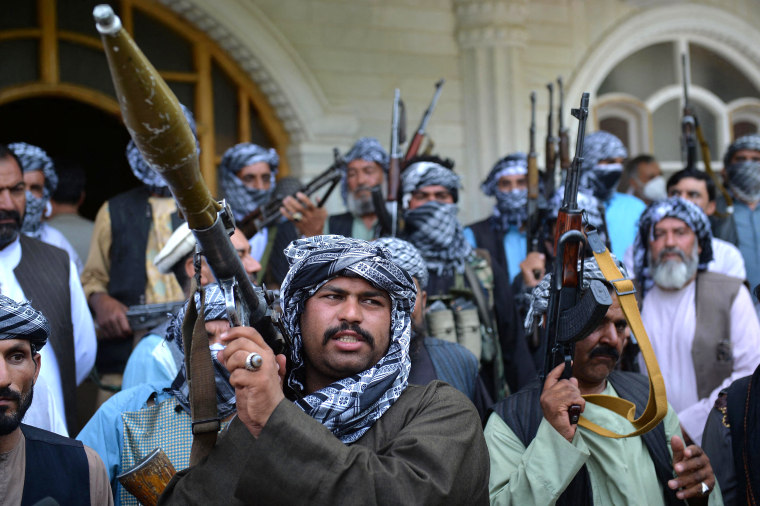In a briefing with then-Afghanistan President Ashraf Ghani on April 9, 2021, security officials delivered a major piece of news: The US was planning to announce a full military withdrawal. But Ghani ignored the information after the then-vice president told him it was a “US plot.”
The briefing proved stunningly accurate. Five days later, President Joe Biden announced his decision to begin pulling US forces out of Afghanistan on May 1.
The episode, described in an interim report by the Office of the Special Inspector General for Afghanistan Reconstruction, or SIGAR, underscores the mistrust and dysfunction that pervaded the Afghan government ahead of its collapse last summer.
The country’s military was unable to sustain itself in large part because of the loss of US airstrikes in support of the Afghans, the report found.
Overnight, “98 percent of US airstrikes had ceased,” a former commander of the Joint Special Operations Command in Afghanistan told SIGAR.
In 2019, the US conducted 7,423 airstrikes, but in 2020 it conducted only 1,631, nearly half of them before the US signed a peace deal with the Taliban in February 2020.
Without US support for offensive operations, the Afghan military was forced into largely defensive positions around the country. Under the agreement with the Taliban, US aircraft could not target Taliban groups that were waiting more than 500 meters away, giving the Taliban an advantage in targeting Afghan military units.
The US agreement with the Taliban also fueled morale problems within the Afghan military and police. The report quotes an Afghan army commander saying the average soldier became more susceptible to accepting deals with the Taliban because of the low morale.
After the Afghan government collapsed in August, US military leaders repeatedly blamed a lack of will to fight and lead even though the US had spent $2 trillion on the war and nation-building over 20 years.
“We trained and equipped an Afghan military force of some 300,000 strong — incredibly well equipped — a force larger in size than the militaries of many of our NATO allies,” Biden said on Aug. 16, adding: “We gave them every chance to determine their own future. What we could not provide them was the will to fight for that future.”

The peace deal between the US and the Taliban introduced both mistrust and uncertainty among the Afghans, the report argues, in part because many sections were not made public or even shared with the Afghan government.
A former Afghan general said the US essentially took on the role of a referee and watched the Afghan government and the Taliban fight in what he deemed “a sick game.” The lack of information also allowed the Taliban to spread propaganda and misinformation about the deal, including convincing local police and military units that the US had turned over areas to the Taliban and that they should abandon their posts.
The report also found that the Afghan government was blind to the military’s logistical and sustainment failures, with a senior Afghan official quoted as saying Ghani’s closest advisers did not know their military could not support itself until Biden announced that all troops would leave.
The report provides a snapshot of the collapse of the Afghan Security Forces. The final version is expected to be released this fall.
www.nbcnews.com
George is Digismak’s reported cum editor with 13 years of experience in Journalism